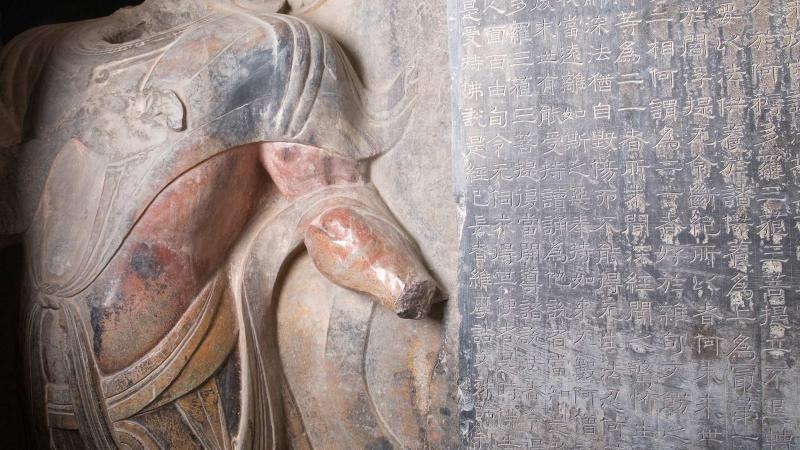Some cultural icons have such an impact that it’s hard to put it into words.
“The legacy of the King James Bible is actually too huge to articulate in a brief sentence or two, because its influence is sort of astronomical,” said Steven Galbraith, one of two curators of the exhibition “Manifold Greatness: The Creation and Afterlife of the King James Bible” at the Folger Shakespeare Library in Washington, D.C. The exhibition, held in 2011, marked the 400th anniversary of the King James Bible, first printed in 1611.
“It influenced English-speaking writers, not just in Britain and America, but all over the world—everybody from John Milton in Paradise Lost to Charles Schultz in A Charlie Brown Christmas,” said his fellow “Manifold Greatness” curator, Hannibal Hamlin, professor of English at Ohio State University.
To explore the origins and influence of the King James Bible, the Folger joined with the Bodleian Library of the University of Oxford, with help from the Ransom Center at the University of Texas at Austin. The Bodleian was an especially apt partner; two of the six scholarly committees that produced the King James Bible worked at Oxford.
A $545,202 grant from NEH supported several components of the project, including the exhibition; a major website; a blog; and a touring panel exhibition. Produced with the American Library Association, the panels traveled from 2011 to 2013 to 40 U.S. locations, which produced a total of 230 public programs. More than 130,000 visitors saw the exhibition and there have been more than 70,000 visits to the website.
To cover its sweeping topic, “Manifold Greatness” looked back to the dangerous days when English Bible translators risked their lives. William Tyndale, who produced English translations from the 1520s to the 1530s and whose work was a major source for the King James Bible, was captured near Brussels and executed in 1536.
English Bibles gained new favor, however, as England separated from the Roman Catholic Church and formed the Church of England. By the time of the Bible’s commission, there were a number of English translations, which the King James Bible translators freely drew on. The new translation project, approved by King James in 1604, took seven years and approximately 50 scholars to complete, but it would long outlast those previous Bibles.
For many “Manifold Greatness” visitors, a favorite example of the King James Bible’s vast influence was a familiar audio recording. On Christmas Eve 1968, as they orbited the Moon, the Apollo 8 astronauts read from the creation account in Genesis, in the words of the King James Bible, to an estimated broadcast audience of half a billion people.
Written by Esther Ferington, an editor, writer, and content developer in Northern Virginia.


